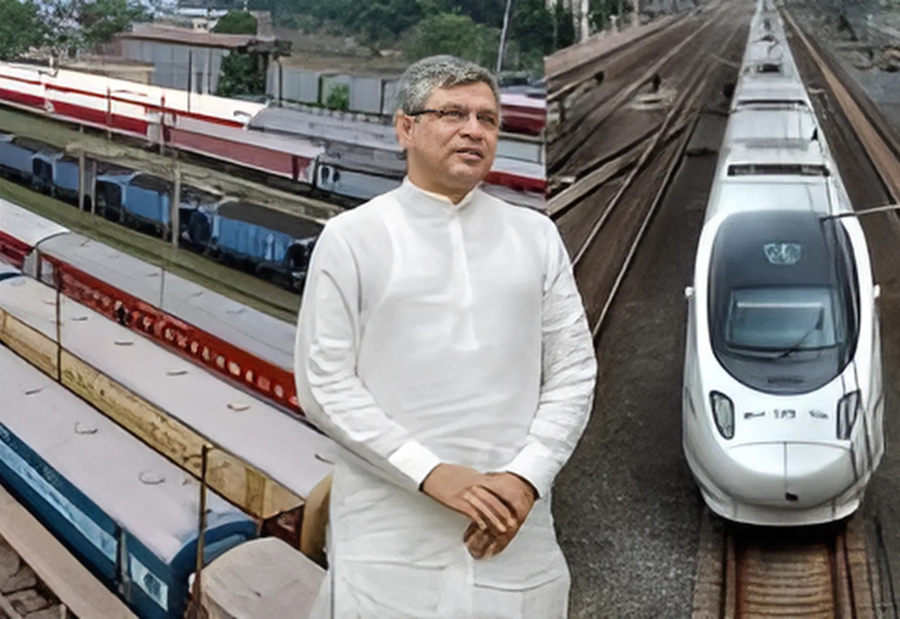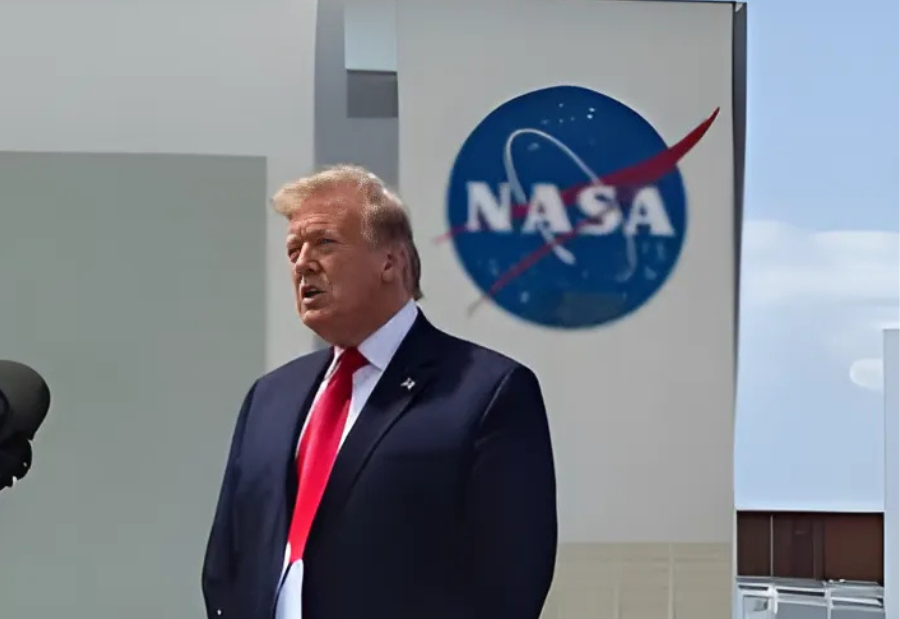Union Minister Ashwini Vaishnaw has revealed an ambitious roadmap for Indian Railways, aiming to boost capacity, improve affordability, and enhance passenger experience. In the next five years, the government plans to introduce 1,000 new trains and begin commercial operations of the country’s first bullet train by 2027.
Vaishnaw said the long-term vision is to make Indian Railways a global leader in rail exports and a key player in cost-efficient logistics. He noted that India has added 35,000 kilometres of tracks in the last 11 years, which is equal to the total rail network of Germany. In one year alone, 5,300 kilometres were added. India is also producing 30,000 wagons and 1,500 locomotives annually, more than the combined output of Europe and North America.
Investment in Indian Railways has grown significantly from Rs 25,000 crore to Rs 2.52 lakh crore, with an additional Rs 20,000 crore coming from public-private partnerships.
Vaishnaw highlighted the shift in cargo transport, saying, “Railways offer freight movement at less than half the cost per tonne-km compared to highways and are 95% more environment-friendly.” The rail share in cargo handling has increased from 26% to 29% in the past decade, with a target to cross 30% and move towards 35%.
The bullet train project, being developed with Japanese support, is progressing well. The first prototype is expected to run in 2026, with full commercial launch by 2027. Indian institutes like IIT Madras and IIT Roorkee are contributing to the design and research. Many of the components, such as 40-metre girders, are now being made in India and exported.
To improve the railway travel experience, the government has added 2,000 general coaches over two years and launched new trains like Amrit Bharat and Namo Bharat. “We’re making rail travel affordable. Fares are lower than in Pakistan and Bangladesh,” he said.
On safety, derailments have dropped from 170 per year to under 30, and overall accidents have decreased by 80% in the last ten years, thanks to daily safety reviews and better track and signalling systems.
Vaishnaw ruled out full privatisation, stating that India would follow integrated models like Japan and Switzerland. “The railways had three bottlenecks—capacity, technology, and investment. These have now been addressed,” he said.
Also read: Viksit Workforce for a Viksit Bharat
Do Follow: The Mainstream formerly known as CIO News LinkedIn Account | The Mainstream formerly known as CIO News Facebook | The Mainstream formerly known as CIO News Youtube | The Mainstream formerly known as CIO News Twitter |The Mainstream formerly known as CIO News Whatsapp Channel | The Mainstream formerly known as CIO News Instagram
About us:
The Mainstream formerly known as CIO News is a premier platform dedicated to delivering latest news, updates, and insights from the tech industry. With its strong foundation of intellectual property and thought leadership, the platform is well-positioned to stay ahead of the curve and lead conversations about how technology shapes our world. From its early days as CIO News to its rebranding as The Mainstream on November 28, 2024, it has been expanding its global reach, targeting key markets in the Middle East & Africa, ASEAN, the USA, and the UK. The Mainstream is a vision to put technology at the center of every conversation, inspiring professionals and organizations to embrace the future of tech.




